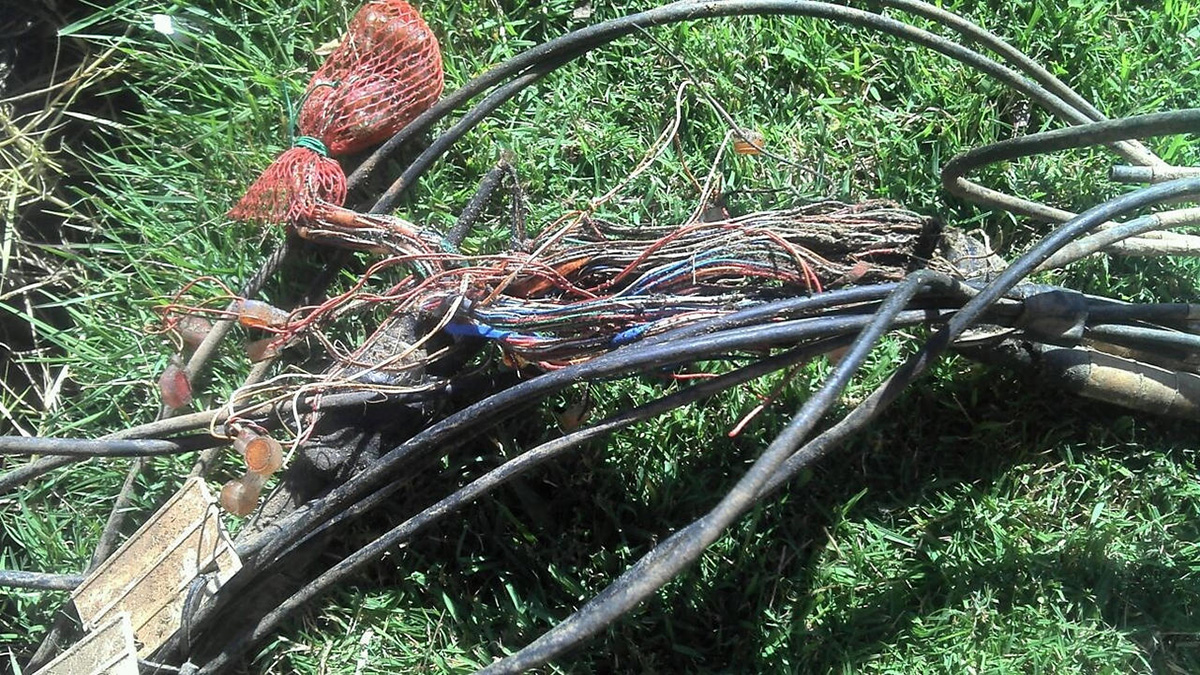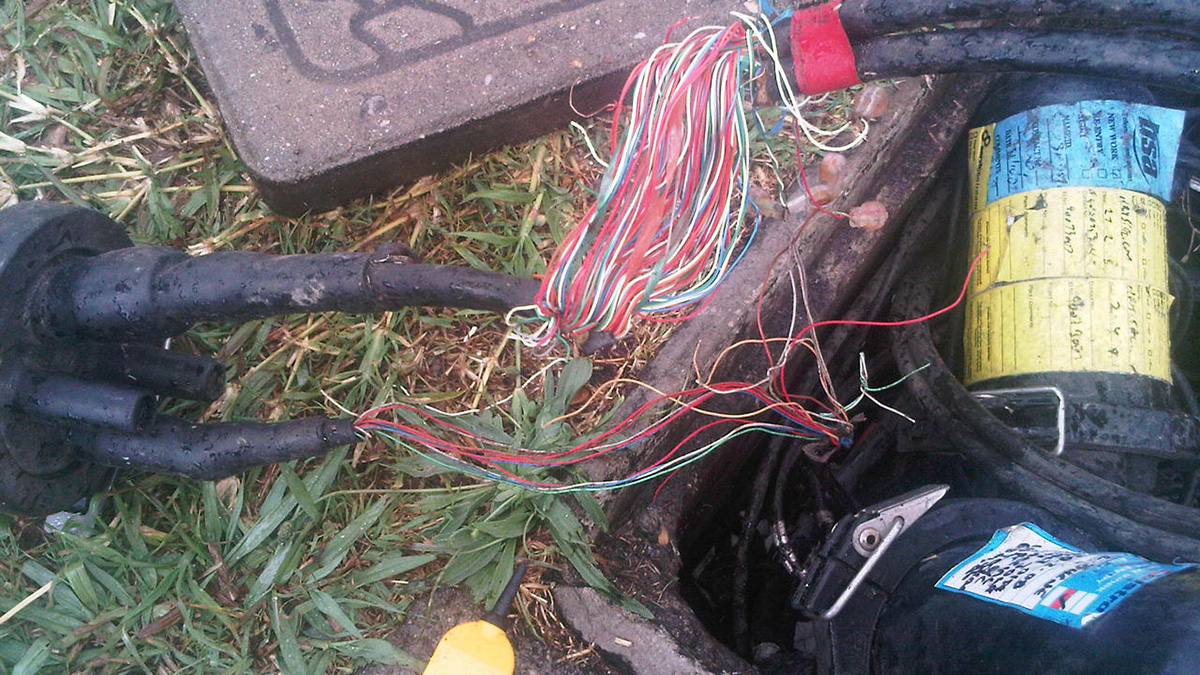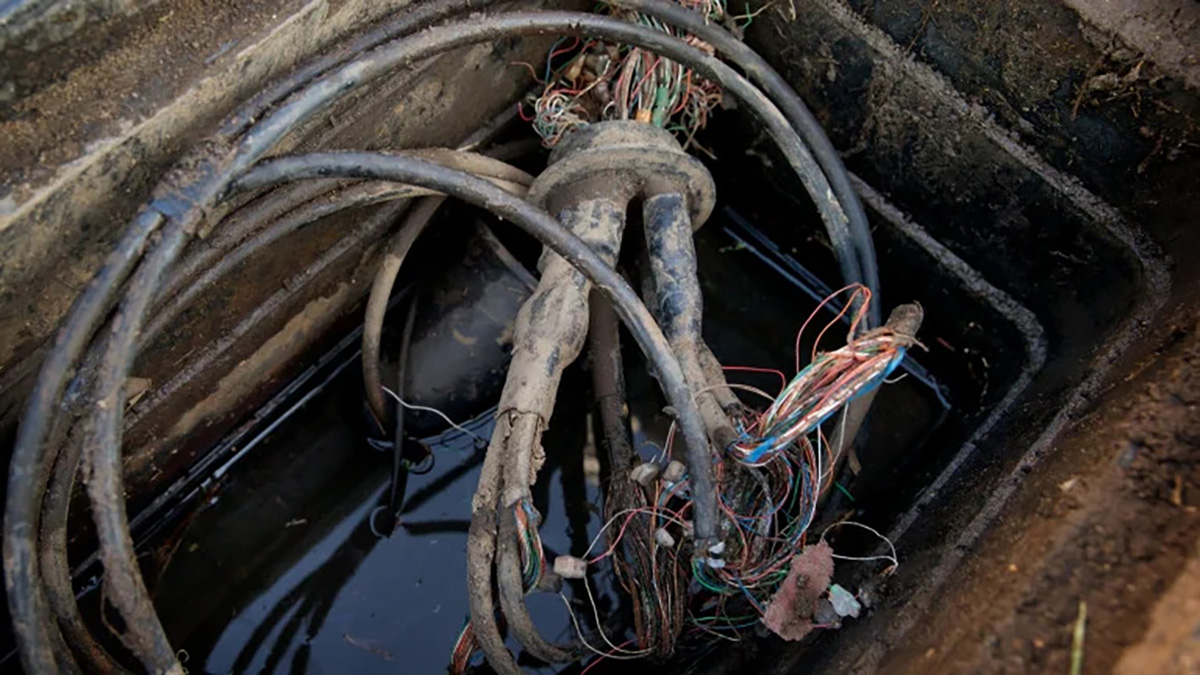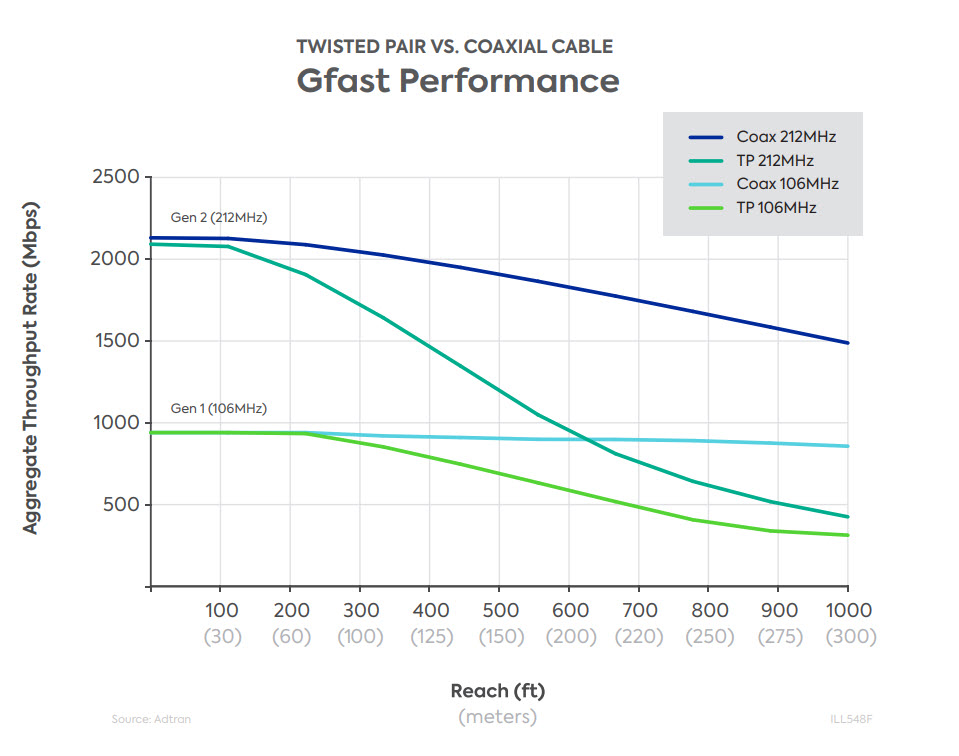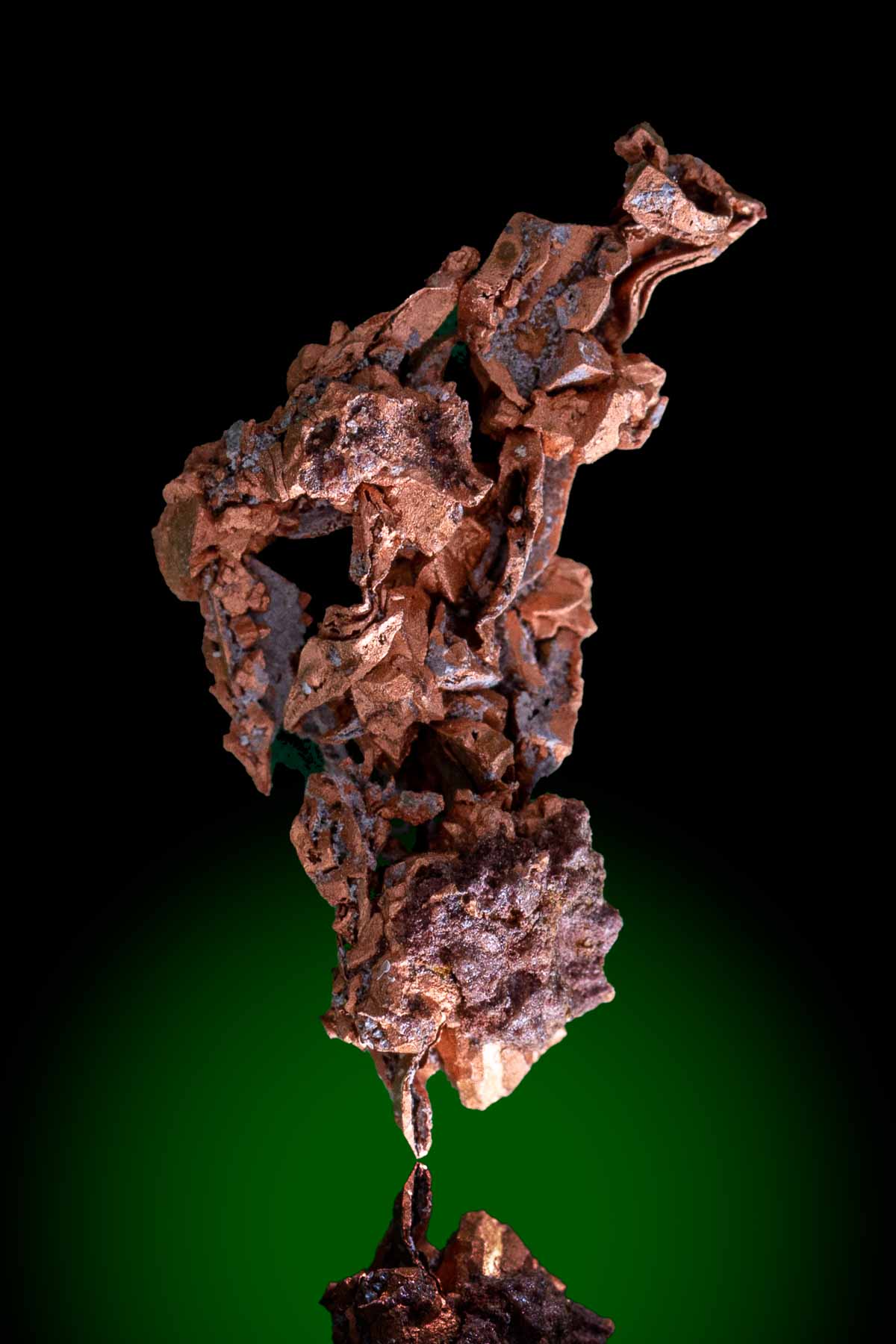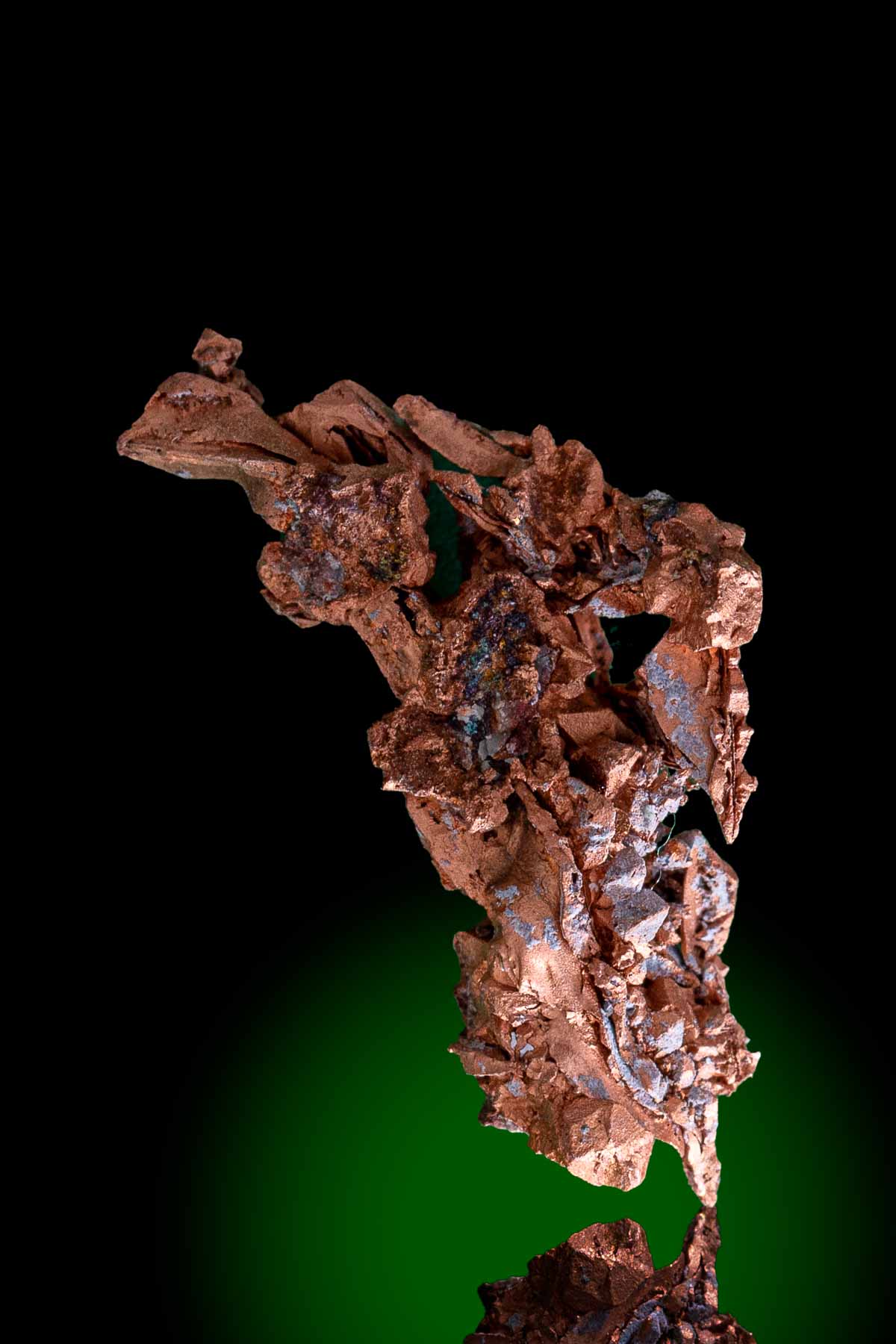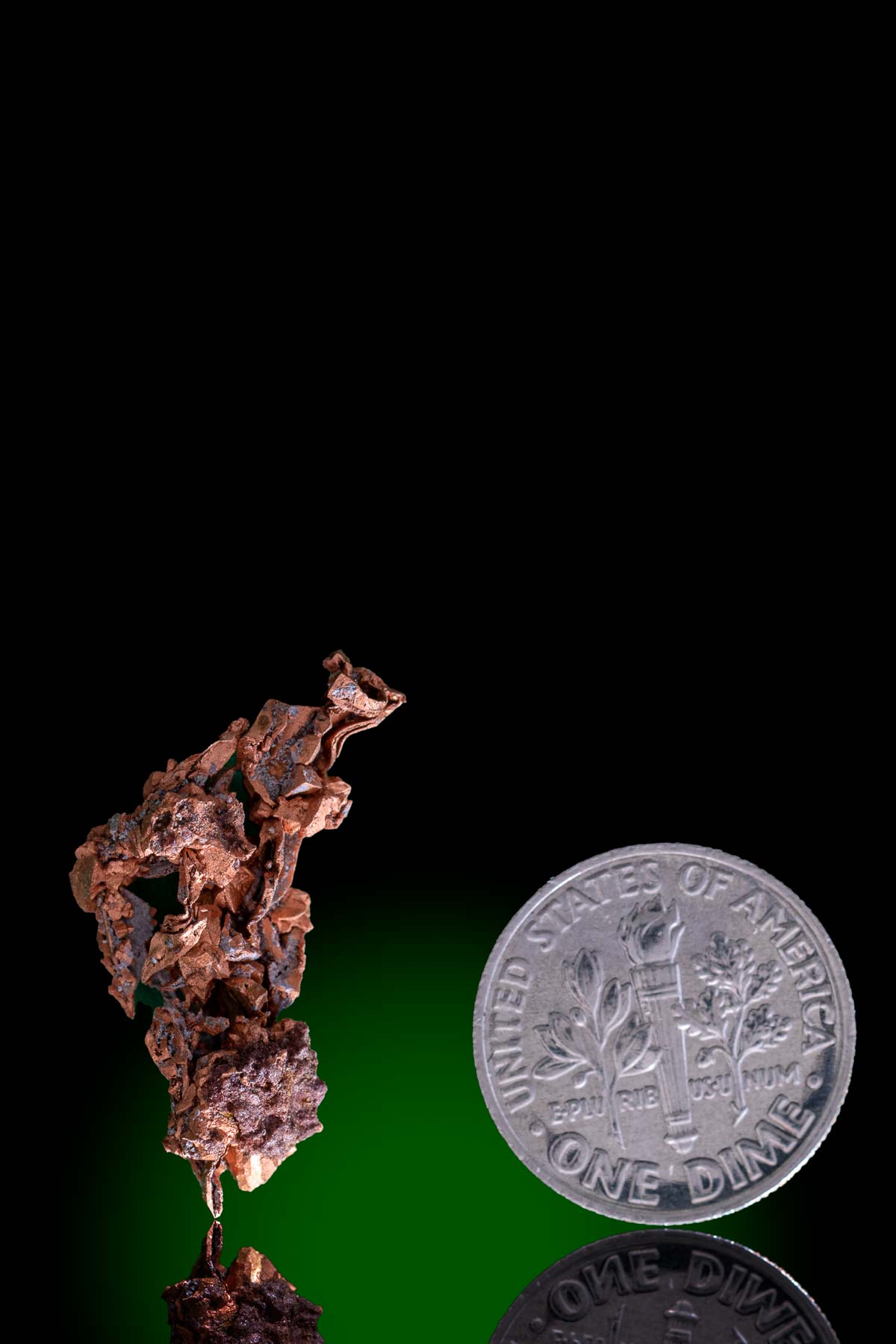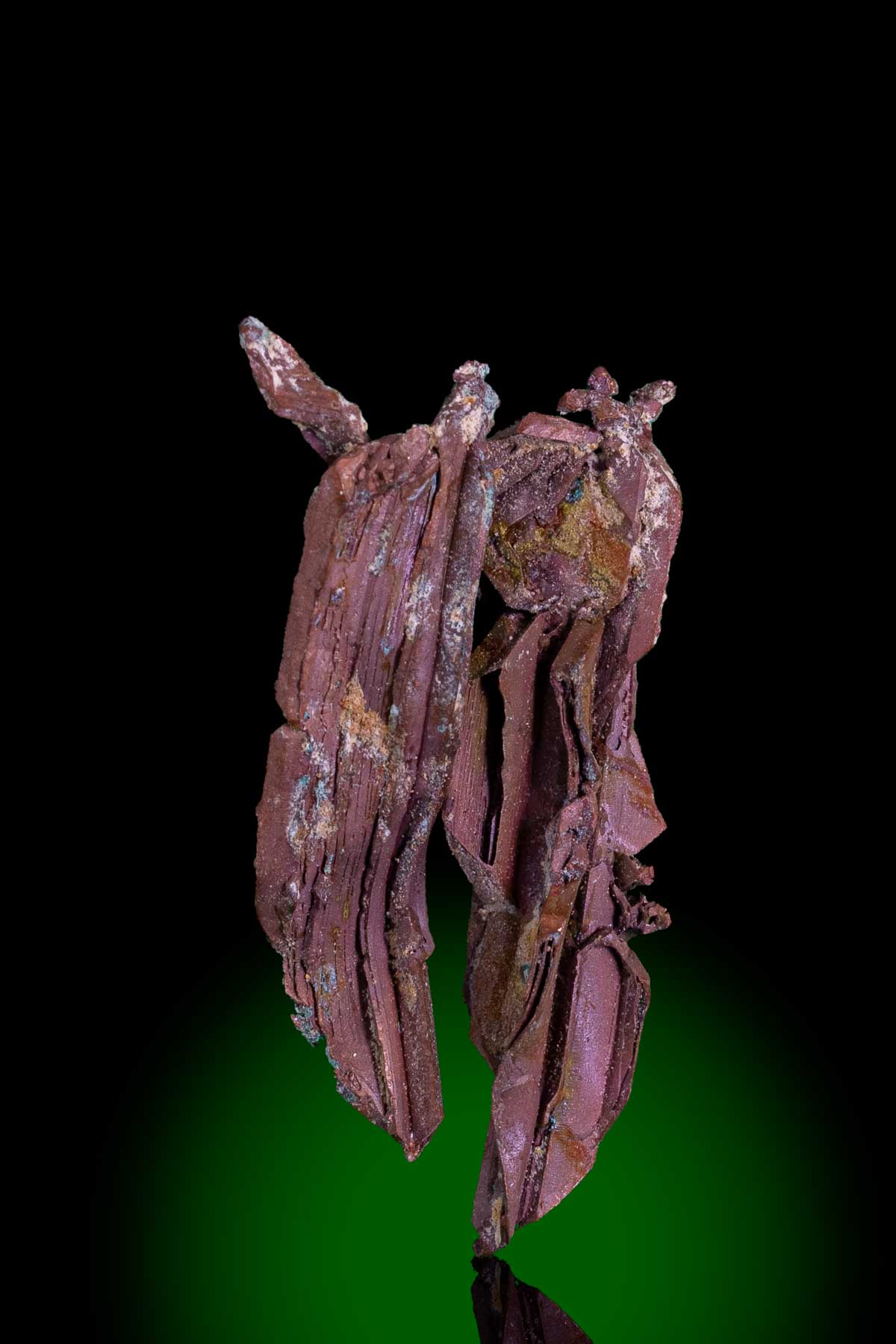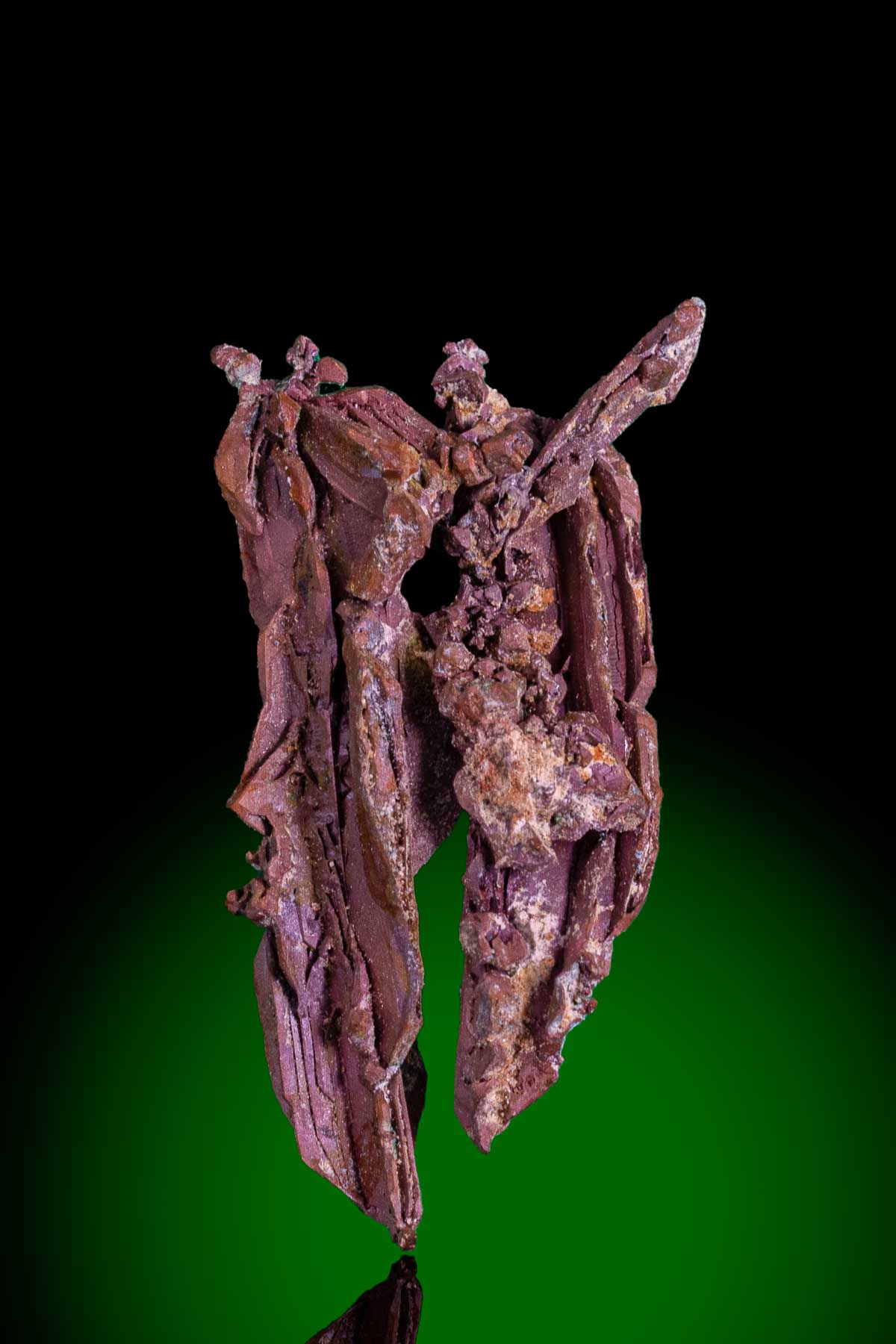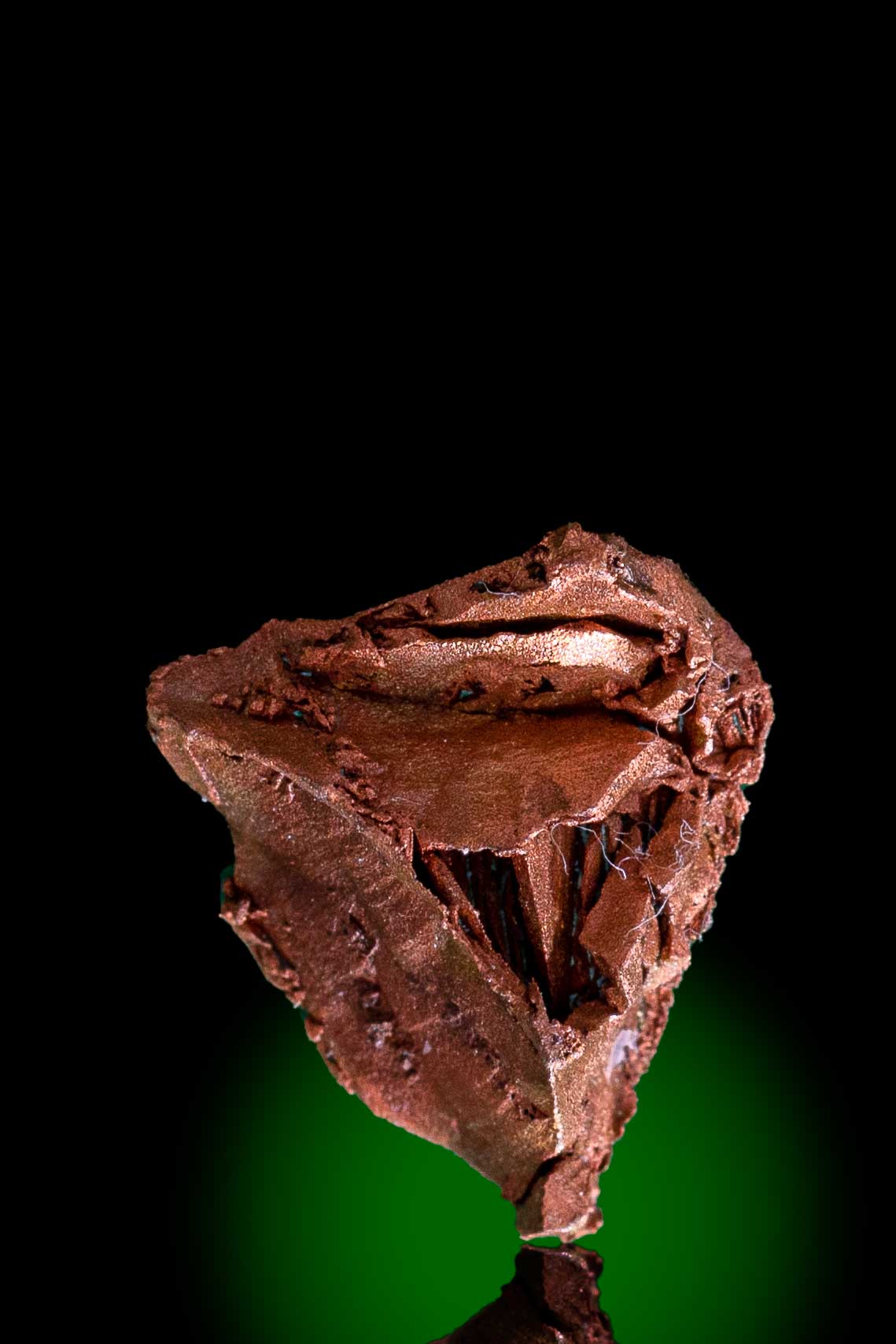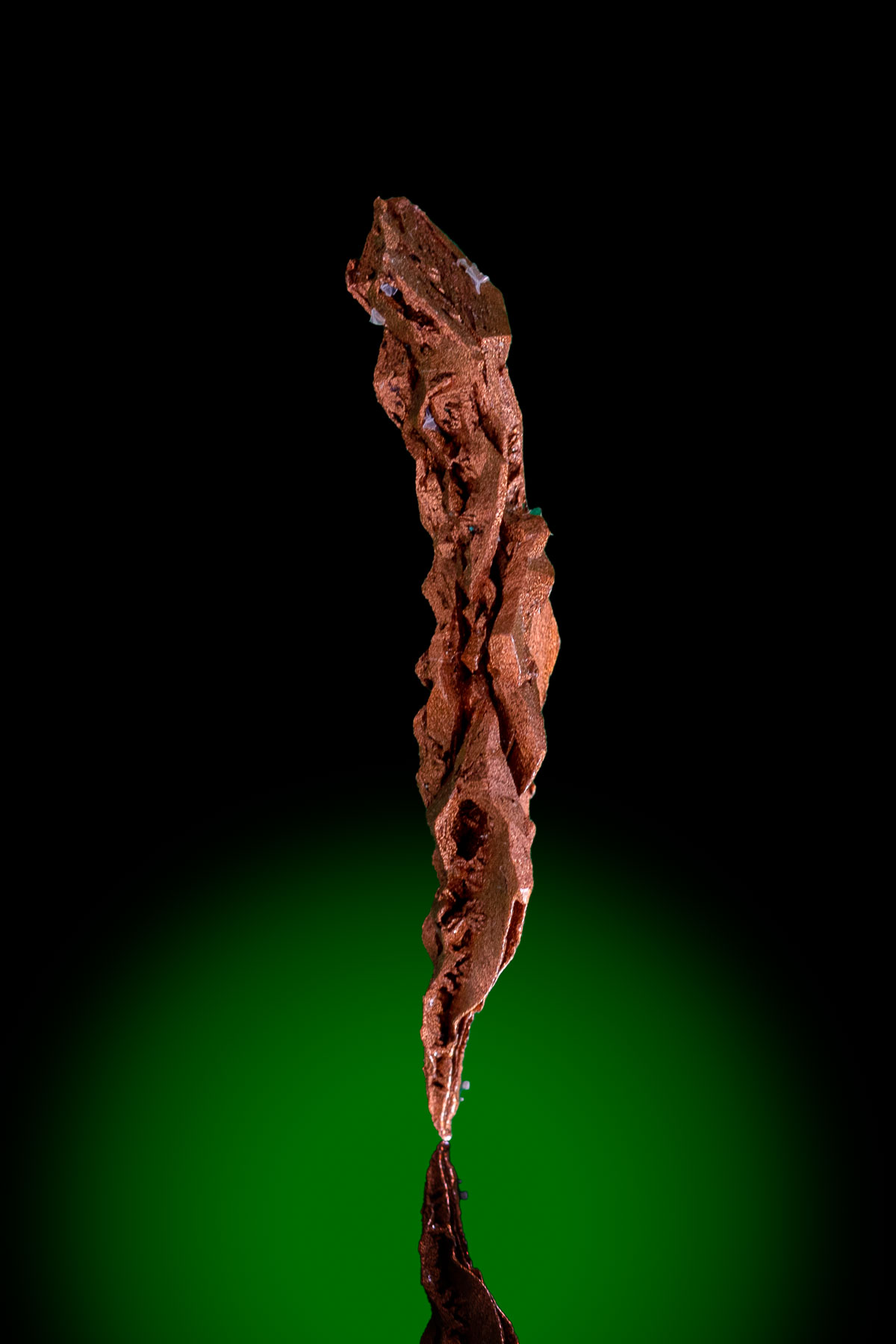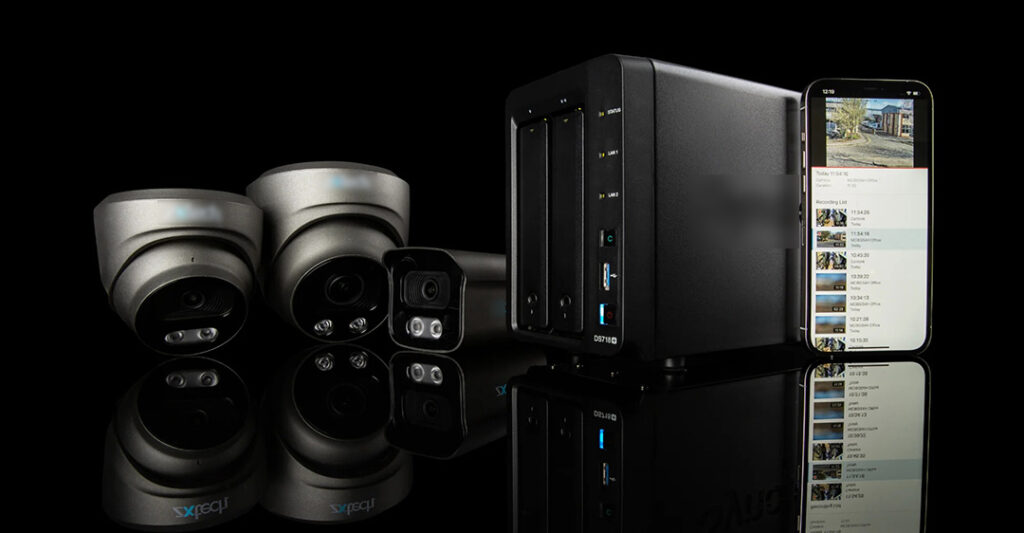What is G.fast – G.fast is a new technology that can provide optic fibre quality internet services on copper or DSL lines.
Contents
In this article, we will introduce readers to a new technology called G.fast. If you have not previously heard of this DSL variant, please read on, as you will find this new service quite interesting.
Basically, G.fast is a digital subscriber line (DSL) technology that provides high-speed, low-latency internet services for copper networks. It compresses and pushes data packets with extreme velocity on current copper lines without noticeable packet loss at distances up to 500m.
Remember, this technology is not supposed to replace optic fibre – it is the solution for all those (and many there are) who still cannot access optic fibre services or are not within an NBN-supported area.
It is a copper-based broadband service, and those who take advantage of G.Fast can experience faster speeds than Fibre to the Cabinet/Curb (FTTC), Fibre to the Node (FTTN) or Fibre to the Basement (FTTB).
Nonetheless, with Download Speeds of 1000 Mbps and Upload Speeds of 100 Mbps – it is a cool drink on a hot day, indeed.
Technical Explanation
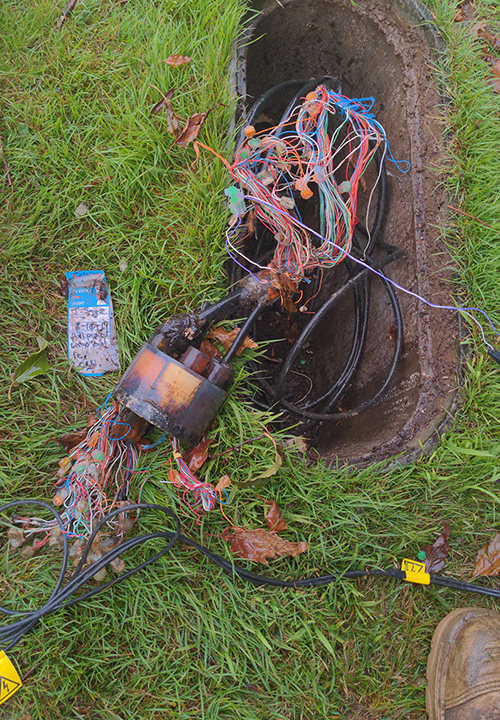
G.fast technology itself has been around since 2014 when it was first approved via the publishing of formal specifications labelled as ITU-T G.997.2, G.9700, and G.9701, with approval of G.9700 granted in April 2014 and approval of G.9701 granted on December 5, 2014.
Since then, the development of second-generation G.fast (fibre extension) technology has progressed from utilisation of the original 106MHz (Gen 1) frequency to the 202 MHz (Gen 2) frequency, essentially doubling the speeds over the same reach on the curve.
If you are familiar with ADSL technology, you will recall the 2 issues that hampered the progression of this technology were/are:
- The inverse relationship of distance to speed and
- Copper degradation.
The performance chart below shows the attenuation difference over distance for G.fast. Even at distances over 500 metres, using coax shows slow signal decay.
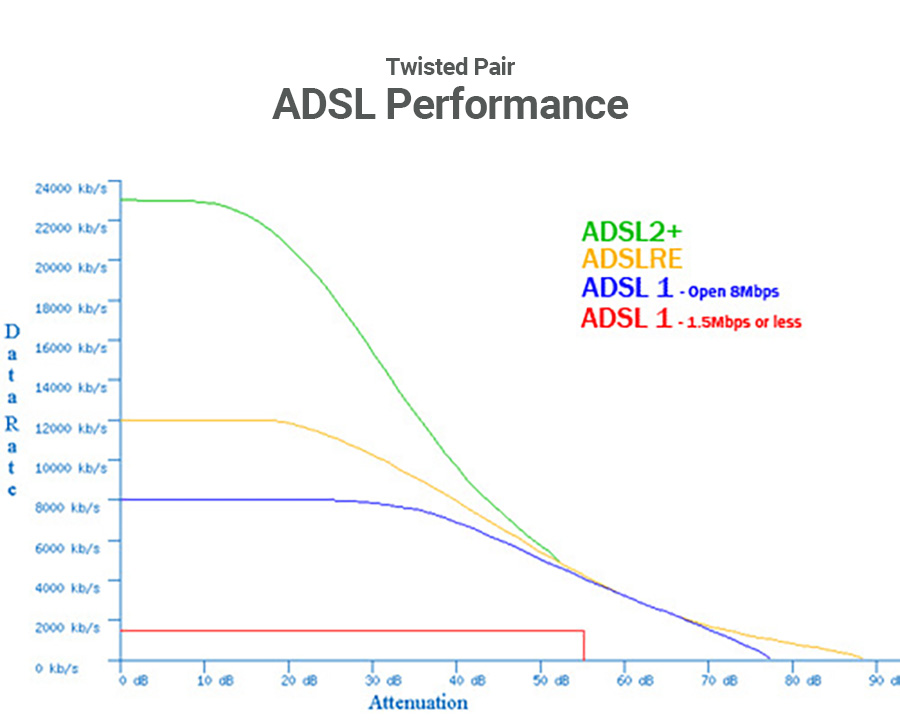
If we compare the above to standard ADSL services, we can see more easily how the G.fast technology is more sustainable over a greater distance. Effectively, this means less packet loss and delivery of a much greater number of packets in a given period of time.
G.fast uses the concept of Time Division Duplex (TDD), and the Amendment 3-compliant DTA technology ‘disrupts’ it and dynamically allocates time slots for better symmetrical performance. DTA senses and responds to user activity by the millisecond, creating a full-capacity, symmetric broadband experience. This approach can effectively double the speed of an equivalent symmetric G.fast broadband service delivered without DTA.
The key difference to VDSL2, which was the technology implemented by the NBN after the Broken Promise to Australia, is that G.fast uses TDD (time division duplex).
This is a way of dynamically using different time slots for upstream and downstream transmission. It creates a more flexible ratio of upstream/downstream transmission using hardware implementation to establish a symmetric transmission signal. The difference is that VDSL uses FDD (frequency division duplex) where different frequency bands are used for upstream/downstream transmission.
If you are interested (What is G.fast) in a more in-depth look at how G.fast works, please see the Study Paper on G.fast by Ram Krishna, DDG (FA), Sidh Kumar, Dir (FA), D. L. Mense, ADG (FA-I) & Avadhesh Singh, ADG (FA-II) at the bottom of this page.
Also, please don’t hesitate to correct the rather simplistic explanation provided above by leaving some ideas in the comments box at the bottom of this page. We would be happy to publish anything that can enhance the understanding of this technology.
Mineral Stone Copper Artifacts (Click to Enlarge) [ What is G.fast? ]
G.fast and Security Applications
If you are utilising security systems on a multi-site office, remote office, or home environment that does not have access to inter-site fibre optic links, G.fast technology will make a significant difference to the initial architecture and design of your security systems.
G.fast makes it possible to stream multiple camera/audio devices to a remote location to address live alerts and movement warnings detected on these devices. Enough bandwidth is available to log in remotely to your controller, immediately check available recordings, and view potential threats in real time without affecting current operations.
In addition, you can easily send NVR block recordings to a remote device such as network attached storage (NAS) or even locally hosted FTP servers that have been set up to receive uploads from the controller device. Thus, an offsite secondary backup is at your disposal should the principal device become vandalised or compromised.
You could even create more complex scenarios for large installations that include multiple G.fast services aggregated on a single routing device to essentially deliver upward of 2000 Mbps bandwidth and redundancy for inter-agency links. The latency is so low that this technology becomes a viable and cheaper alternative when optic fibre is unavailable.
Why do I need G.Fast, and What is it used for?
- If you download/upload large files (like CAD, ISO, Movies or Court Books), you are looking at a 2-minute download for a 4.5 GB file.
- Do you use Video Conferencing or Zoom? Welcome to crystal clear stereo audio with 100 meeting participants without lag or jitter.
- Do you notice slowness when you make or take card payments? Say goodbye to those frustrating moments of doubt when you are unsure if the card was charged.
- Do you use unified communications like VoIP and bridged telecommunications services? Welcome to perfect audio and recording behind a single SBC with a 50-handset grouping.
- Want to migrate to the cloud, but your IT infrastructure won’t support it? Say no more – work on RDP or web-based Word docs without lag.
- Cloud applications like photo sharing, LEAP Legal, SILQ or other cloud-based platforms that have historically been unusable due to significant file transit times, such as Canva, can be used with no noticeable delay.
- Onedrive Sync is suddenly feasible.
- Do you run a hotel, restaurant, golf club or conference centre?
- Working across multi-tenanted offices of multiple branches suddenly makes it possible to collaborate in real-time.
- Working in the creative industry, such as developing apps or producing videos, means no more 2-hour wait times for 8 GB video uploads.
GFast will provide a speedier and smoother experience. Think about pressing the upload button for a file, and rather than it taking several hours, it takes minutes.
If you require any further information on these or any other products we discuss here at SEN, please do not hesitate to leave your comments below; we will be happy to help.
“Nonetheless, with Download Speeds of 1000 Mbps and Upload Speeds of 100 Mbps – it is a cool drink On a hot day, indeed.”
Study Paper on G.fast by Ram Krishna, DDG (FA), Sidh Kumar, Dir (FA), D. L. Mense, ADG (FA-I) & Avadhesh Singh, ADG (FA-II).
What is G.fast?
What is G.fast What is G.fast What is G.fast What is G.fast





